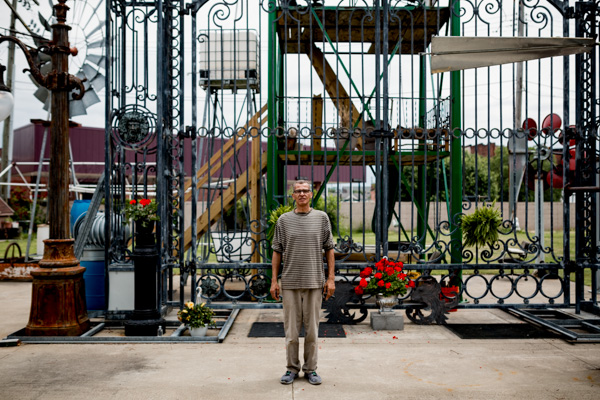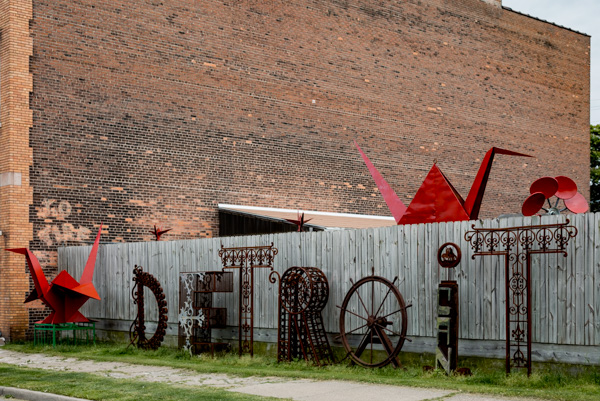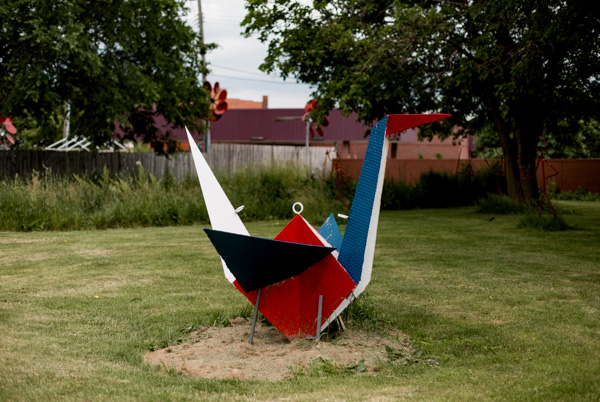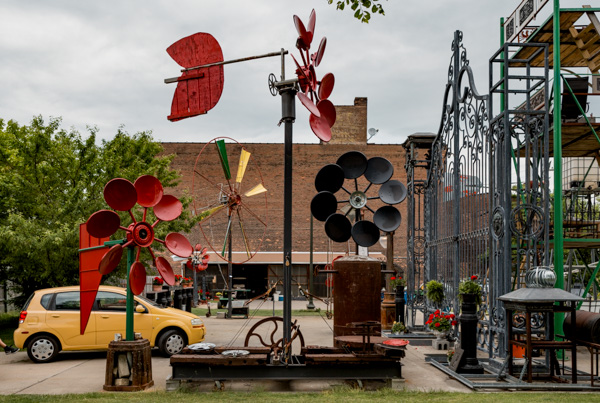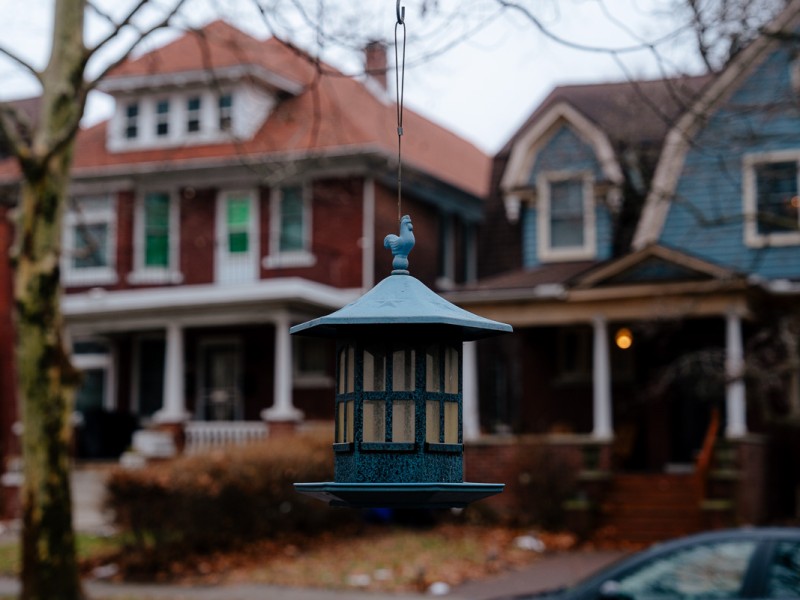Eureka! Metro Detroit continues to be fertile ground for inventors
Metro Detroit revolutionized the world with its automobile innovations. And thanks its engineering prowess and a growing venture capital scene, the area still has a robust culture of invention.
Kevin Bingham didn’t start out as an inventor—you might say he branched out from his day job. Co-owner of Singing Tree, a tree pruning and planting company, he created his own climbing device to help him get up and down trees for clients.
His Singing Tree Rope Wrench is a special friction device that allows a climber to ascend on a single leg of rope as opposed to the standard double. The rope is fixed and stationary, but the climber can still go up.
“Previously there were devices that would let you go up the rope, and then there was a second device to let you go down the rope,” says Bingham. “And you’d kind of have to switch devices at the top of the tree to go down or use a moving rope technique.”
The Detroit-based tree climber had his “eureka” moment on October 2010 when he spotted a 13-mm box wrench on his table and began wondering how its shape might help make his climbing easier. He found it worked but shredded the rope, so he began testing more rope-friendly wooden versions.
Eventually he was approached by a Welsh climbing manufacturer, International Safety Components, who made a deal with him and began manufacturing his Rope Wrench in 2012. Since that time, they’ve sold about 16,000 of them. He also makes a higher-end model called the Singing Tree Rope Runner, which has been sold through the U.S.-based SherrillTree retail climbing company since 2014.
“If I was anywhere else it would not have happened,” he says. “In just walking distance from my house, there’s three different prototype shops. There’s just so many resources in Detroit [and] everybody’s grandfather is an engineer. It’s just a really creative place all around.”
A proud tradition of inventing
Bingham’s certainly not alone in his tinkering here. In fact, he’s part of a proud tradition of inventing that permeates Detroit’s history and remains strong to the present day.
According to Paul Riser, managing director of technology-based entrepreneurship at TechTown Detroit, the area is really humming when it comes to innovation right now.
“The Great Lakes Region has been one of the fastest growing venture capital investment regions in the country with venture investment in Michigan increasing by 150 percent in the last ten years,” he says.
The city of Detroit also happens to be home to the very first U.S. patent satellite office in the country. Now one of four such offices nationally, the Elijah J. McCoy Midwest Regional Office opened its doors in 2012 and celebrates its fifth anniversary this month.
Although the Detroit office processes patents from around the globe, its community outreach efforts are focused on the nine states of the Midwest region, Illinois, Indiana, Iowa, Kentucky, Michigan, Minnesota, Missouri, Ohio, and Wisconsin. Most of the applications it gets are related to the auto industry, coming from both original equipment manufacturers and suppliers. The office’s director, Dr. Christal Sheppard says the Metropolitan Detroit current crop of technological breakthroughs grow out of a rich history of inventing.
“Southeastern Michigan has historically been a hub for innovation, going back to the times of Henry Ford, Elijah J. McCoy and others,” says Sheppard. “Recently, the Great Recession has changed the economic circumstances for many in the area’s large, highly-skilled workforce and many have turned to new innovations and technologies. We are seeing innovation at all levels throughout the region, from startups to the Big 3.”
Matt Anderson, curator of Technology for The Henry Ford museum complex in Dearborn, says while other areas like Buffalo, Cleveland, Chicago, and St. Louis had a lot of the ingredients-skilled labor, access to raw materials, and eager financiers to become the nation’s automotive center, Detroit became the Motor City because of talent.
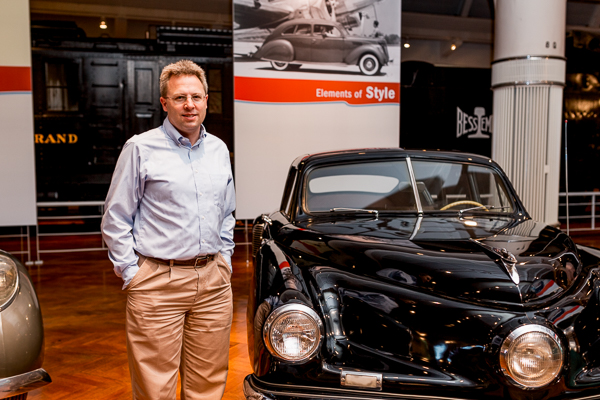
“Fate just happened to put a number of the industry’s pioneers in Southeast Michigan,” he says. “People like Ransom Olds (Lansing), Henry Ford (Dearborn), Billy Durant (Flint), Henry Leland (Detroit), and the Dodge brothers (Detroit) formed a critical mass of talent that, like a magnet, attracted other carmakers to our area.”
While foreign manufacturers have made “tremendous inroads” into the auto industry, he adds, Detroit still remains a global powerhouse, noting that “foreign companies as varied as Toyota and Maserati maintain R&D centers and corporate offices in Southeast Michigan” and “some 60 major suppliers are headquartered in the area.”
The Inventors Association
Beyond this history, Southeast Michigan also happens to be home to a society of tinkers and visionaries known as the Inventors Association of Metro Detroit (IAMD).
The not-for-profit organization, which exists to educate inventors about patents and other issues and assist them through the inventing process, holds regular meetings every third Thursday of the month at Lawrence Tech University in Southfield.
Charles Coleman, a 36-year-old resident of Harper Woods who was recently chosen as a winner on an upcoming episode of Steve Harvey’s Funderdome, is a member of IAMD.
“Working with the local inventors association has been great,” he says. “It’s just a big giant hub for people networking from all different walks of life. Whether you have an idea or you’re just a person who can actually build the stuff, everybody gets something out of the classes.”
A prolific inventor, Coleman has created about 15 marketable products since he started getting serious about product development in 2013, including a motorcycle helmet with a built-in fan, multiple combination coolers that features hot dog grills, beverage dispensers, bluetooth music system, and other amenities.
Coleman, who has a degree in automotive technology from Wayne County Community College and a background customizing cars, first became interested in inventing as a youth marveling at the inventions he saw on Transformers and G.I. Joe cartoons. Lately he’s had some local success selling a customized cooler that features a beverage system and bluetooth that’s designed to help making setting up and breaking down easier at picnics, barbeques, and tailgate parties.
“I like to build luxury products for the common man,” says Coleman. “If I’m going into a project and I know it’s going to cost an arm-and-a-leg for the average person, I won’t build it. ‘Cause there’s no passion it that!”
A vision for the future
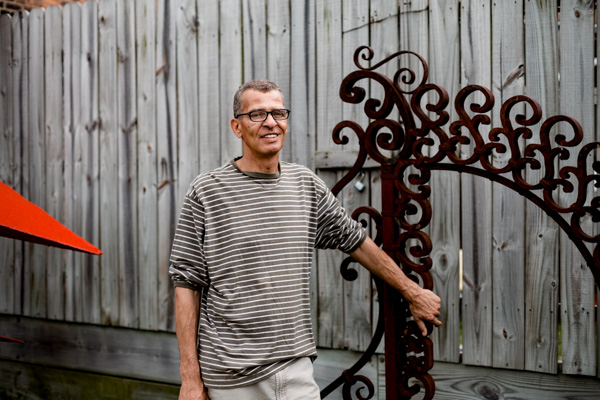
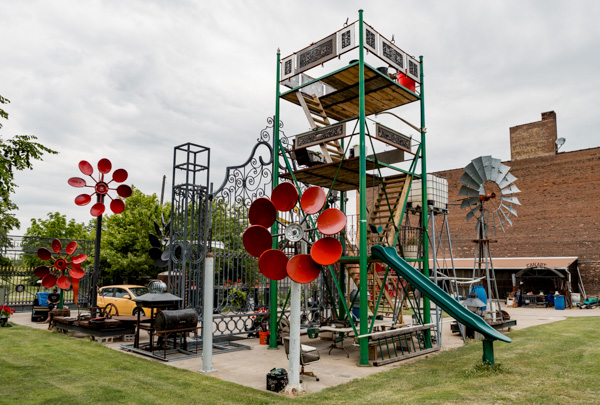
Carl Nielbock of C.A.N. Art Handworks is already well known for his beautiful metalwork which is often used for historic restoration. But in recent years he’s also become fascinated by windmills. In fact, if you visit his workshop on the edges of Eastern Market, it’s hard not to notice his eclectic assortment of windmills poking over the top of the wooden fence that surrounds the facility.
On the day of our interview, Nielbock was quick to point out a large tri-bladed industrial windmill sitting motionless by a nearby school while his creations whirred and whistled with life.
“Nobody would ever in their right mind put any windmills up in those kind of adverse conditions and yet my stuff is still spinning,” says Nielbock.
Nielbock’s story is a fascinating one; born in Celle, Germany to an African-American G.I. father and German mother, he was introduced to metalworking by a group of local monks and went on to get formally trained in the craft. Raised alone by his mother after WWII, he came to Detroit in 1984 to connect with his father and ended starting a life here, supporting himself and his family through metalsmithing.
His inspiration for the windmills came out of desperation. During the economic downturn of the late 2000s, nobody was looking for gazebos or fancy metalwork. In his determined search for new markets, he became intrigued with the Detroit Future City project and using his skills to help further local green energy initiatives. With memories of traditional German windmills in mind, he began to question the contemporary three-bladed model of windmills and develop his own versions based on historical research and innovation.
With a grant from the Annenberg Foundation, he built a large 16-foot windmill with 32 blades. Remarkably, it moved so fast that he ended up removing half the blades. Later during a windstorm, he witnessed a wind gust blow his satellite dish around and as a result began experimenting with disc shapes on his windmills.
Nielbock now has a design patent on his windmills which are built with reused “upcycled” parts and able to operate in low-wind conditions; he sees them being applied towards stormwater mitigation, urban farming applications, and electricity generation. He hopes to one day use them to establish wind-energy farms on vacant land, which could help create tax revenue to maintain local schools, roads, and other infrastructure.
As for the region’s inventing scene, Nielbock feels that, viewed a certain way, the dire problems Detroit faces can serve as an inspiration for creativity and innovation. With that in mind, he offers an invitation to would-be inventors and craftspeople to come to the region and participate in reimagining the future here.
“I welcome anybody who has a valuable contribution to do what I’m doing here,” he says. “I feel the spirit of Detroit that yearns to make this thing whole again, to put Humpty Dumpty back on the wall again.”
This article is part of a series on the state of STEM education and workforce development in Detroit. It is underwritten by the Michigan Science Center. Read more articles in the series here.
All photos by Nick Hagen.
